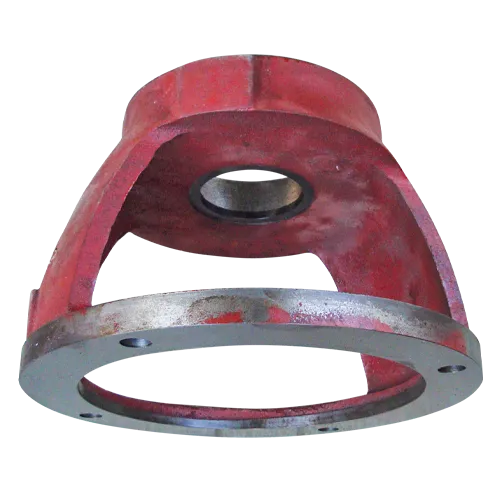Mobile:+86-311-808-126-83
Email:info@ydcastings.com
Comprehensive Guide to Die Casting Steps
Die casting is a widely used manufacturing process that offers high accuracy and efficiency, making it a favored choice in producing complex metal parts. The process involves several key steps that are crucial for ensuring product quality and consistency. Here, we will detail the essential steps involved in die casting.
1. Design and Preparation The first step in die casting begins with designing the part that needs to be manufactured. Engineers utilize computer-aided design (CAD) software to create detailed models. The design phase also involves selecting the appropriate metal alloy, which can include zinc, aluminum, or magnesium, based on the application requirements. Proper planning is essential to ensure the mold and overall design will accommodate the desired specifications.
2. Mold Creation Once the design is finalized, the next step is to create the die (mold). The mold is typically made from steel or iron to withstand high pressure and temperature during the casting process. The manufacturing of the mold involves precision machining to ensure the internal geometries match the product specifications. Mold design also includes features such as cooling channels to manage the temperature during the casting process.
.
4. Injection With the metal melted, it is injected into the mold at high pressure, a crucial step that defines the precision of the final product. This is usually done using a die casting machine that exerts substantial force to ensure that the molten metal fills the mold completely, capturing all intricate details.
die casting steps

5. Cooling and Solidification After injection, the molten metal begins to cool and solidify within the mold. The cooling time may vary based on the size and complexity of the part, as well as the type of metal used. This step is critical to ensure the part maintains its shape and structural integrity.
6. Ejection Once cooled, the die opens, and the solidified part is ejected. This requires careful handling to avoid damaging the newly formed item. Ejection pins are used in the mold to aid in this process, ensuring that the part is removed cleanly.
7. Finishing Touches After ejection, the cast parts often require finishing processes such as trimming, machining, or surface treatment to achieve the desired final characteristics. This step may involve removing any excess metal, polishing surfaces, or applying coatings for protection or aesthetic reasons.
In conclusion, die casting is an intricate process comprising multiple steps, each contributing to the quality and precision of the final product. From design and mold creation to injection and finishing, understanding these steps can greatly enhance the efficiency and outcome of die casting operations, making it a valuable method in modern manufacturing.
-
Understanding Metal Casting TechniquesNewsApr.02,2025
-
Understanding Exhaust Manifolds for Enhanced Engine PerformanceNewsApr.02,2025
-
The World of Metal FabricationNewsApr.02,2025
-
Key Components for Pump and Turbo EfficiencyNewsApr.02,2025
-
Essential Tools for Automotive Maintenance and RepairNewsApr.02,2025
-
Durable Valve Components for Effective Water ManagementNewsApr.02,2025











